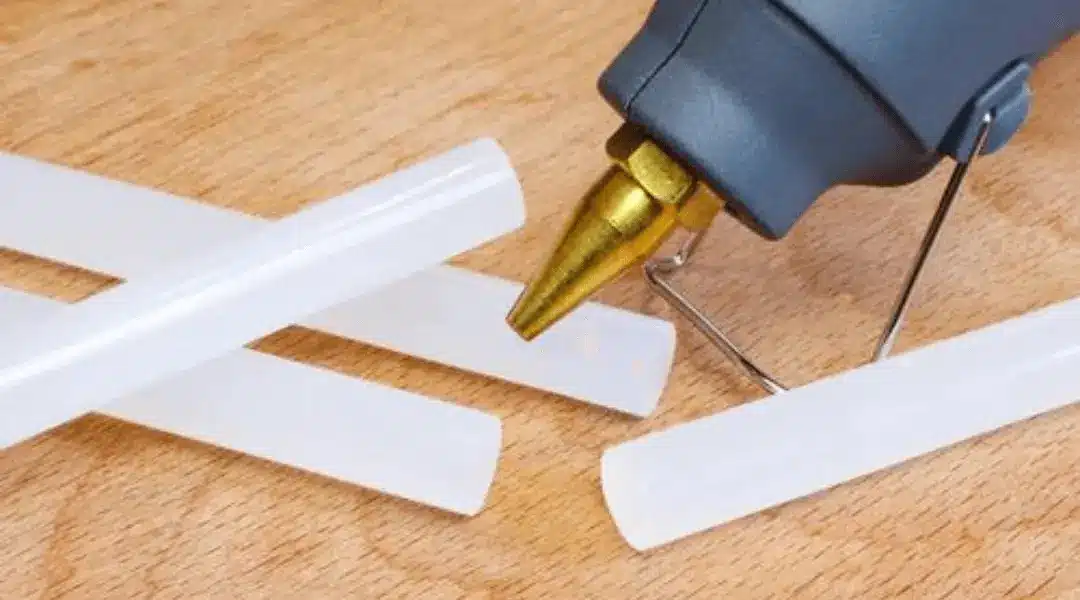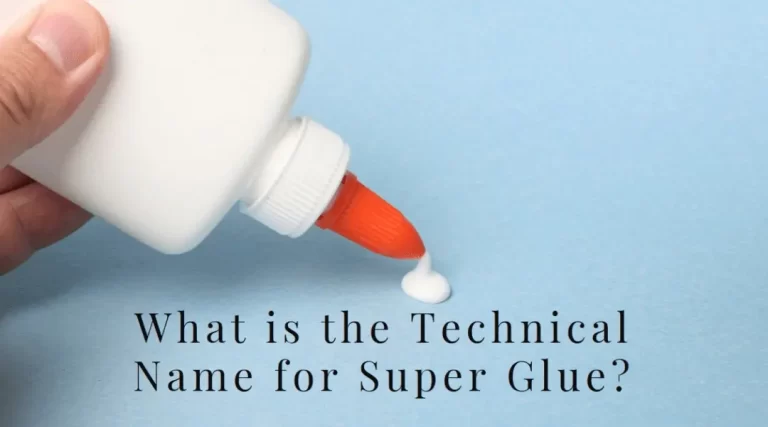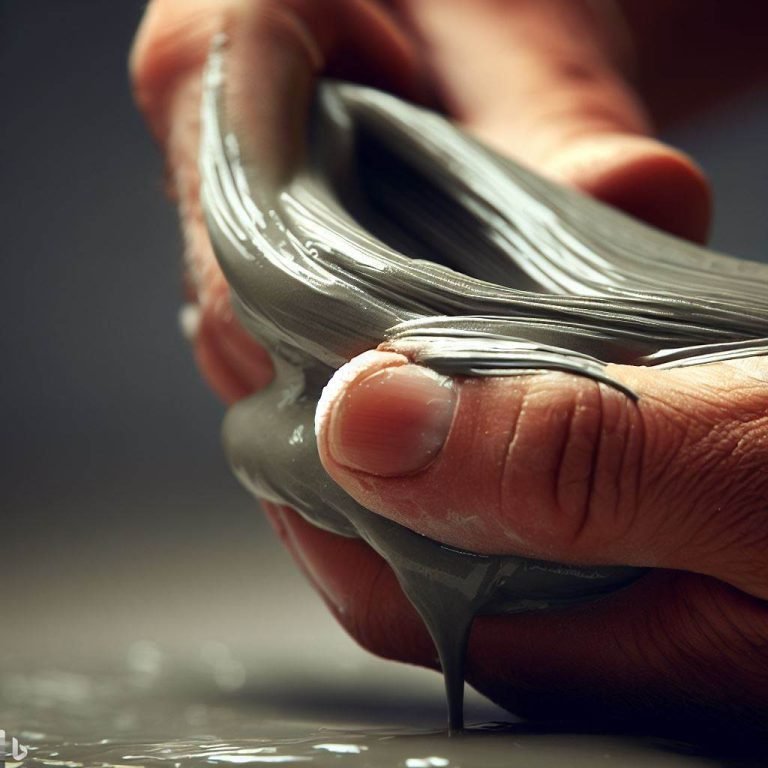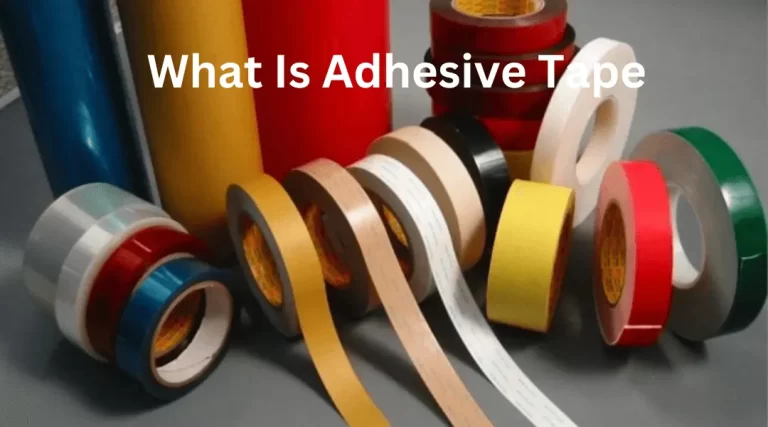What is Hot glue? Hot glue, also known as thermoplastic adhesive, is a versatile adhesive that is widely used in various industries for its strong bonding properties. It is a type of thermoplastic that is heated and melted before being applied to the surface. Once it cools down, it forms a strong bond that is difficult to break.
Let’s dive into this peculiar topic and uncover the taste, health risks, and even unique uses of glue beyond its intended purpose.
Hot glue is commonly used in arts and crafts, woodworking, packaging, and construction industries due to its quick-drying nature and strong bonding properties. Hot glue has become a staple in many households and workplaces due to its ease of use and versatility.
From DIY projects to industrial manufacturing, hot glue is widely used to bond various materials such as fabric, wood, plastic, and metal. While hot glue is a popular adhesive, it is important to understand its composition, uses, advantages, and limitations to ensure that it is used appropriately and effectively.
In this article, we will explore the definition and composition of hot glue, its uses, pros, and cons, different types of hot glue, and tips for using hot glue effectively.
What Is Hot Glue?
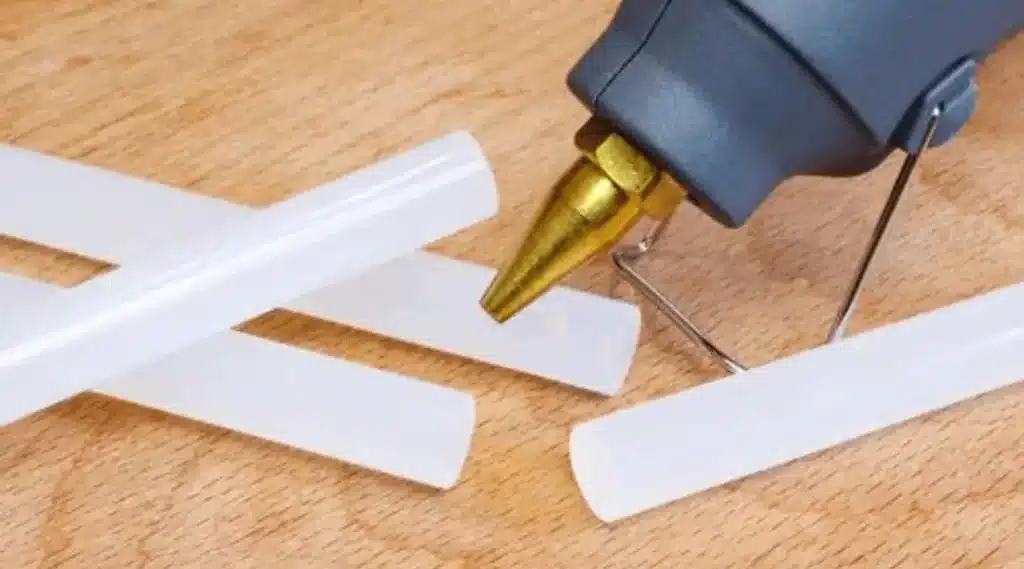
The composition and chemical makeup of the adhesive commonly referred to as hot glue is a crucial aspect to understand for those seeking to utilize its bonding properties.
Hot glue, also known as thermoplastic adhesive, is composed of thermoplastic polymers, waxes, and tackifiers.
The working mechanism of hot glue involves melting the solid adhesive pellets in a glue gun, which heats the glue to its melting point.
Once melted, the glue is applied to the desired surface and solidifies as it cools down.
The applications of hot glue are numerous and diverse, used in fields such as construction, packaging, woodworking, and textiles.
Hot glue is also popular for crafting and DIY projects, as it can bond a variety of materials, including paper, fabric, and plastic.
However, it is important to note that hot glue can be toxic if ingested or inhaled and has a relatively low melting point, making it unsuitable for high-temperature applications.
With this understanding of hot glue, we can now explore its various uses in different industries and projects.
Uses of Hot Glue
Hot glue is a versatile adhesive that finds its uses in different fields such as crafting, construction, and home repair.
In crafting and DIY projects, hot glue is a preferred choice due to its fast-drying nature and strong bond.
In construction and assembly, hot glue helps to hold together different parts of a structure, while in home repair and maintenance, it is useful for fixing broken items.
Crafting and DIY Projects
Crafting and DIY enthusiasts can benefit from incorporating hot glue into their projects for a reliable and efficient bonding solution.
This adhesive is particularly useful for upcycling projects, where materials of different textures and densities need to be joined together. It can also be used for creating holiday decorations, such as wreaths or ornaments, as it dries quickly and securely.
Hot glue is versatile and can be used on a wide range of surfaces, from paper and fabric to wood and plastic. However, it is important to note that it may not be the best choice for projects that require a strong, permanent bond, as hot glue can break down over time and may not hold up to heavy use or stress.
Regardless, crafting and DIY enthusiasts should consider adding hot glue to their toolkits for a quick and easy bonding solution.
Moving on to construction and assembly, another popular use for hot glue is in creating prototypes and models.
Construction and Assembly
While it may come as a surprise to some, hot glue has found its way into the world of construction and assembly, proving to be a valuable tool in creating prototypes and models. Its ability to provide structural integrity and strong bonding strength make it an excellent choice for assembling small-scale structures and creating models.
Additionally, hot glue has excellent weather resistance and temperature tolerance, making it ideal for use in outdoor projects that require durability and resilience to changing weather conditions. Whether it’s constructing a small-scale model of a building or assembling a prototype for a new product, hot glue has become a go-to adhesive for many professionals in the construction and assembly industry.
Moving forward into home repair and maintenance, it’s important to understand the pros and cons of using hot glue in these types of projects.
Home Repair and Maintenance
The application of hot glue in home repair and maintenance projects has become increasingly common due to its structural integrity and weather resistance, making it a popular choice for DIY hacks and quick fixes. It is a versatile adhesive that can bond a variety of materials, including wood, plastic, and fabric.
However, it is important to consider its limitations and potential risks before use. Hot glue is not suitable for heavy-duty projects or situations where the temperature may exceed the melting point of the glue. Additionally, hot glue can cause burns if not handled carefully.
Despite these limitations, the advantages of hot glue make it a valuable tool for home repair and maintenance projects.
Advantages of Hot Glue
One advantage of utilizing hot glue as an adhesive is that it offers a fast and convenient bonding solution for various projects, making it a preferred option among DIY enthusiasts. In addition to its ability to bond quickly, hot glue has several other advantages and benefits.
- Versatility: Hot glue can be used on different surfaces, including plastic, metal, fabric, and wood. Making it a versatile adhesive for various applications.
- Easy to use: Hot glue guns are easy to use and require minimal training, making them an ideal choice for home repairs and DIY projects.
- No mess: Unlike other adhesives, hot glue does not leave behind a mess, making it a clean and efficient adhesive option.
Overall, the advantages and benefits of using hot glue make it a popular choice for many DIY projects and home repairs. However, despite its benefits, hot glue has certain limitations that should be taken into consideration.
Limitations of Hot Glue
The limitations of utilizing hot glue as an adhesive should be carefully evaluated in order to determine its suitability for a particular application. Although hot glue is a versatile adhesive that can be used on a variety of surfaces. It has limitations when it comes to certain materials and conditions.
For example, This glue may not work well on materials that are sensitive to heat or have a non-porous surface. In addition, it may not be the best option for applications that require a strong, long-lasting bond. It is also important to note common mistakes with hot glue. Such as using too much or not allowing enough time for it to dry, can lead to poor results.
Alternatives to this, such as epoxy or super glue, may be more appropriate for certain applications. In the next section, we will explore the different types of glue available and their specific uses.
Types of Hot Glue
While hot glue is a versatile adhesive, it does have its limitations. However, there are different types of hot glue that can be used for various applications. Hot glue guns are designed to dispense different adhesives, such as low-temperature glue, high-temperature glue, and even dual-temperature glue.
Each type has its own set of advantages and disadvantages, depending on the material and application. For example, low-temperature glue is ideal for delicate materials, while high-temperature glue is suitable for heavy-duty projects. Knowing the right type of hot glue to use can make all the difference in the success of a project.
With that said, there are also tips and tricks for using hot glue effectively to achieve the desired results.
Tips for Using Hot Glue
To ensure the safe and effective use of hot glue, one must take into account several factors.
Safety precautions must be observed to avoid accidents and injuries, such as wearing protective gear and being mindful of the glue’s temperature.
Surface preparation is also crucial to achieve a strong and long-lasting bond. This includes cleaning and ensuring that the surface is free from dust and debris.
Lastly, mastering application techniques can make a significant difference in the outcome of the project. This includes controlling the amount of glue, the angle of the nozzle, and the speed of application.
Safety Precautions
By taking appropriate precautions, one can ensure a safe working environment when handling hot glue. Handling techniques and protective equipment should be taken into consideration to avoid accidents and injuries.
Here are three important safety measures to consider when working with hot glue:
1) Always wear protective gloves to avoid skin burns.
2) Use a well-ventilated area to avoid inhaling the fumes.
3) Keep the glue gun away from flammable objects to avoid fire hazards.
These precautions will ensure that the user can work with hot glue safely and efficiently. Once the necessary safety measures are in place, it is essential to focus on surface preparation to achieve the best results.
Surface Preparation
Surface preparation is a crucial step in ensuring optimal adhesion and durability of the materials being bonded.
Preparation techniques include cleaning the surface with mild soap and water to remove any dust or debris, sanding the surface to create a roughened texture, and using a primer to create a barrier between the surface and the hot glue.
Common mistakes in surface preparation include failing to clean the surface thoroughly, using the wrong type of primer, and not allowing enough time for the primer to dry.
Proper surface preparation can prevent the hot glue from peeling or breaking away from the surface.
Moving forward, it is essential to understand the different application techniques involved in using hot glue.
Application Techniques
Appropriate application techniques are critical for achieving strong and lasting adhesion when working with thermoplastic adhesives.
When using a hot glue gun, it is important to consider the melting point of the material being bonded.
The gun should be preheated to the appropriate temperature, which can vary depending on the type of hot glue being used and the material it will be applied to.
The glue should be applied in a continuous bead, avoiding any gaps or bubbles.
It is also important to apply the glue quickly, as it will begin to cool and harden rapidly.
Additionally, any excess glue should be cleaned up immediately, as it can be difficult to remove once it has dried.
By using proper application techniques, a strong bond can be achieved between two surfaces with hot glue.
In the next section, we will explore some conclusions and recommendations for using hot glue effectively.
Conclusion and Recommendation
After considering the advantages and disadvantages of this adhesive method. It is recommended that one carefully evaluates the specific circumstances and requirements of the project. Before deciding whether to employ this versatile yet potentially unreliable bonding agent.
While hot glue is easy to use, dries quickly, and can bond. With a wide variety of materials, it is not suitable for high-stress applications that will be exposed to extreme temperatures. Additionally, it can be messy and difficult to remove if applied incorrectly.
To ensure the successful use of hot glue, it is important to follow best practices. Such as using the appropriate temperature setting, applying the glue in thin, even layers, and allowing sufficient drying time. Ultimately, hot glue can be a valuable tool in certain projects. It is important to weigh the pros and cons and use them appropriately.
Conclusion
What is Hot glue? hot glue is a useful adhesive that has a wide range of applications. While it has some limitations, its advantages make it a popular choice for bonding various materials.
When using hotglue, it is essential to choose the right type and follow the recommended tips for the best results. As the saying goes, ‘A little hotglue can go a long way’ in making your projects and manufacturing processes successful.

